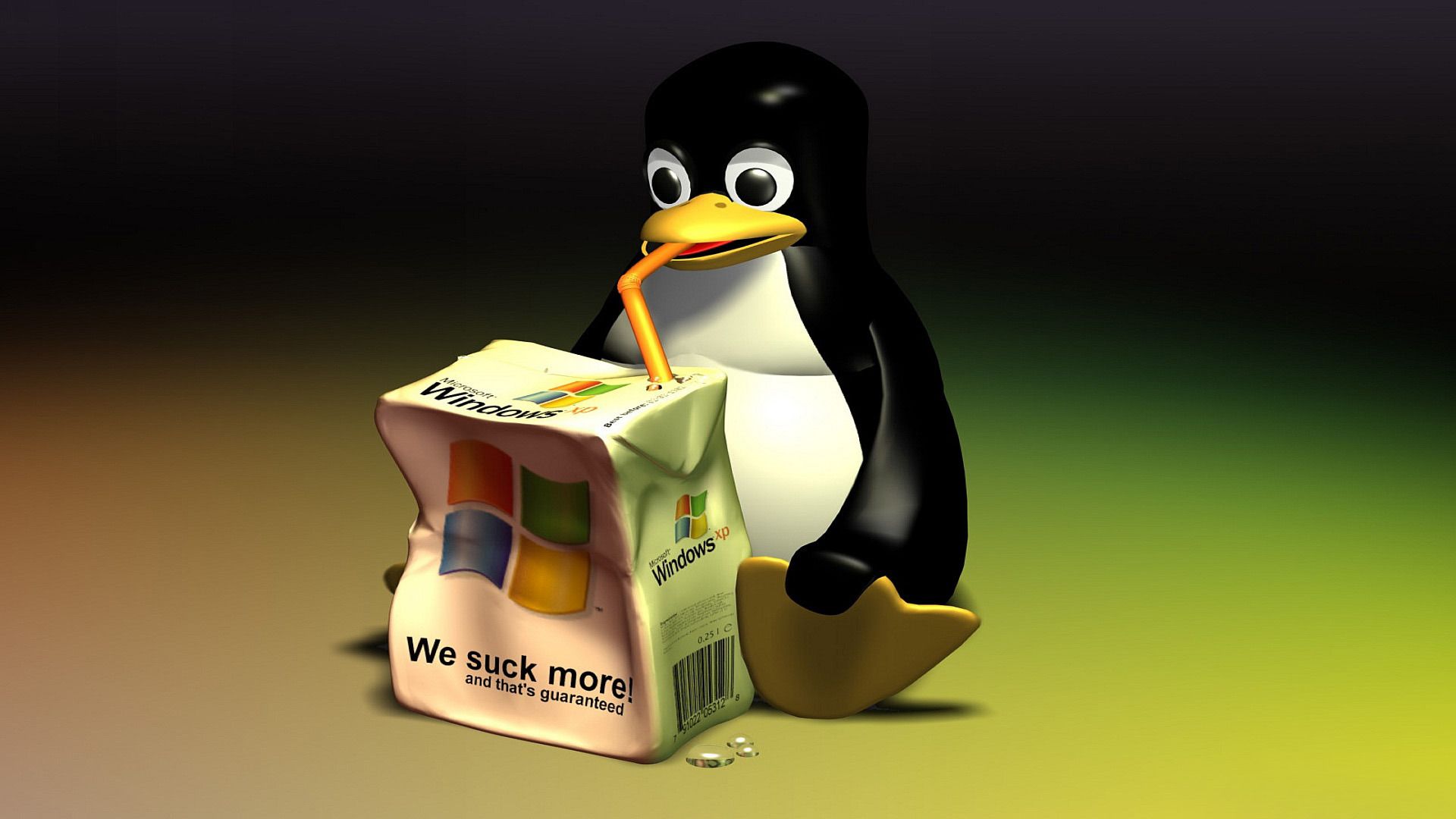During 2013 in college I had an old MacOS laptop. Like a 2009 macbook. It was good for it’s age until it wasn’t. When it came time to replace it I had stumbled upon the world of Linux. I knew I wanted to build a desktop and all I needed to do was choose a distro. At the same time I had an Information Technology class. One day I asked the professor if he ever heard of Linux. That question derailed the class and I left that day knowing I was gonna spend the next few days installing Arch on my new system. The rest is history. Arch is my first and only distro. It’s been an amazing ride so far.
1999, I think. I did attend a handful of packet radio workshops with a nearby HAM club.
Tinkered with a WRT54GL router since 2004, running OpenWRT
Then used SuSE on my work laptop from 2005 to 2010 or thereabouts and was forced to switch back to windows
My Dreambox 7000 satellite receiver also ran Linux.
After that it was 2 iterations of Western digital NASes with optware and some hacking.
Some Cisco/Linksys router with some usb hack as well to get a SSH access.
In parallel a virtual box VM with Opens use to cross compile my flavour of software to read my weather station data
Got in raspberry pi in 2017 with Octoprint and 3D printing. I have 3 running.
Began developing my home automation in Node Red on a Pi in 2018
I began self hosting in 2019, with a rack of raspberry pi on a DIN rail, nice compact setup.
Got a third WD NAS, à PI 4 with 8GB ram as a desktop computer
And finally consolidated everything with Proxmox running on a Aoostar R1, intel N100, 32GB ram, 1TB nvme and the pair of 14TB HDDs from the last NAS in raid1. All services as LXC containers.
Only VM is a Win11 desktop when I really need one with a remote access. Main remote desktop is a Debian LXC with XFCE, plain basic.
Last WD NAS got a pair of refurbished 12TB HDD and is used as a cold backup.
Over 25 years and, yes some Linux.
TL;DR: Smart sibling ahead of the curve told me in 2011 that tech jobs will be the future and naturally I didn’t listen, fast forward to 2016 and my contract job laid me off so I started learning Python (as advised by smart sibling)
I start making all sorts of stupid stuff mostly CLI programs, beginner alg problems. beginner alg console games and so on.
Suddenly I realize I probably know enough to make something real, start slowing learning new things and always think “hmm a real software dev probably does x” and then try x.
Went from CLI stuff to web APIs, then full stack websites, then platform specific gui programs, then learning C++.
And at some point it clicked that this stuff is a lot easier than I thought (I had literally no concept of what programming was before)
I apply for an associates in tech program, just before starting I decide to use Linux to get more familiar with dev technology.
I picked Arch Linux btw, had some issues btw, overcame issues btw and then I landed a job during school as a dev and I kept using Linux as dev.
So it was mostly about getting to understand dev landscape more
I use CachyOS on my desktop (I game), and Arch Linux on laptop (by far the best laptop user experience with tiling wm)
It was far too recent for somebody with my background. I learned how the UNIX command line was different from DOS in the late 90s, but it was only last year that I switched from a VM to a native Linux install at work. Then I swapped over the home PCs during winter.
After defaulting to Windows for so long because of games and employers favoring it, it was almost frustrating how fast, smooth, and “clean” feeling it was to install Linux natively on a system compared with the recent versions of Windows. And that’s without any special lightweight distro. I am a proud Linux Mint Cinnamon user, lol.
Long about 2015.
About 1995.
Uh, just yesterday. Installed NixOS (with KDE) because I learned Debian at work, but am really missing the ability to track what I’ve installed via configuration. I like the idea of dotfiles in a repo, but want a bit more control like that for my OS.
Context: I’m a data engineer that writes Python. Python has
pyproject.tomlfiles (toml ~= ini files) where you can specify which libraries you want to use, defining which version you minimally, maximally, or just specifically want. And I wished that setup existed for Debian as well, but it doesn’t. So after searching I found that NixOS is pretty much the closest thing. Windows 10 is EOL soon enough, so might as well switch beforehand and not wait until the last second.Uni, around 2019! Had a professor on the web team who encouraged all students to do the entire uni education on Linux.
All tools and course material was tailored to work on Linux. Hand-ins, exams and anything related either functioned or had custom solutions built by the teachers, student and professors on the web programme.
Everything was open source and if we found any bugs we could just open issues on GitHub. Weekly hand-ins were done on the student server on your own instance of the web server.
In almost every aspect i think that programme was so well tailored for learning real web dev work.
When I saw Windows 11.
I’ve been dual booting Win10 and Linux, with Win10 as default because gaming.
Upgraded to Win11, that made me immediately switch the default boot to Linux, and repurpose D: as /mnt/data.
Haven’t booted into Windows since.
I do have Windows as a Docker image for using my printer, though.
Out of curiosity what printer do you have? I didn’t know there were compatibility issues with some printers
There’s definitely compatibility issues with my printer… on Windows. I always have to send my documents to my linux laptop to print.
deleted by creator

Since I started daily driving it last summer. Before that, I used Debian in a VM on my Chromebook.
During Covid, 2020-2021. I was under the weather and bored out of my mind. I spontaneously decided to install Arch Linux, and the rest is history. Installing Arch was invaluable to my learning experience, and taught me a lot about Linux
It’s 1995!
Now that I’m older stress weighs on my shoulders
Heavy as boulders but I told yawhen apple took all the USB ports out of their macbooks. i needed a new computer, one with a practical set of ports, and windows was never an option
When I “solved” teering on nvidia by installing i3 and started using only terminal, because any gui program was still freezing.
offtop
By the way, (unofficial) manjaro i3/sway were really good, inspite of populistic opinion about manjaro, especially in comparison with fedora i3 or endeavouros i3 (but still just arch/void is better, when you get used to terminal, than arch-based distros).








